Dutch Wednesday 2020
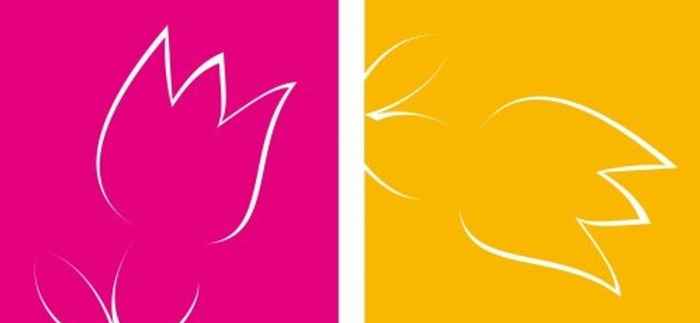
This lecture series has been developed with the financial assistance of the Wilhelmina E. Jansen foundation.
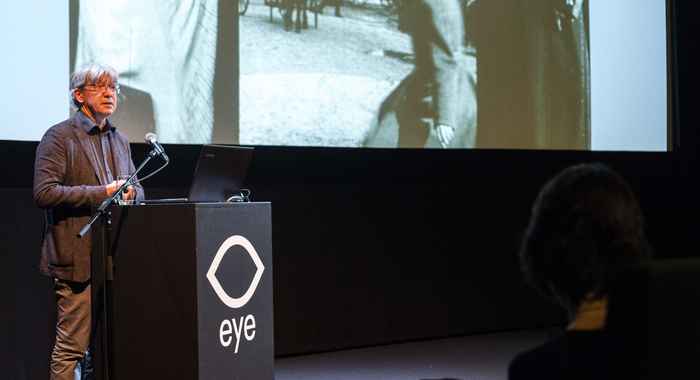

Previous lectures in 2020:
November 18: Russian cinema and the Dutch Filmliga; Ivens and Schuitema in Russia.
Mark-Paul Meyer, Senior Curator at Eye Film Institute in Amsterdam
Dutch cinema culture has been extremely international from the beginning. De collection of the Eye Filmmuseum is a reflection of this international cinema culture and a large part of the collection is consequently non-Dutch. The many Russian films in the collection, from the 1910s until today, represent the interest for Russian cinema in the Netherlands. The classical Soviet cinema of the 1920s was valued by members of the Filmliga, a circle of young film makers, designers and critics. Young Dutch film makers, such as Joris Ivens and Paul Schuitema, went to the Soviet Union to make films.
After the war the classical Soviet cinema remained very influential, for instance on the work of documentary film maker Johan van der Keuken. With the exception of some screen adaptations of literary masterpieces and a few ‘auteurs’ like Kalatozov and Tarkovsky, the new Soviet cinema from the 1960s and 1970s remained under exposed in the Netherlands. However, Dutch interest for Soviet cinema got a strong boost when the Rotterdam Film Festival from 1972 and onwards, brought many artistically fascinating films to the Netherlands. Glasnost and perestroika made it possible that several censored masterpieces were shown in the Netherlands, and that today Russian and Dutch film makers often collaborate and work in both countries.
Mark-Paul Meyer is senior curator of the Eye Filmmuseum in Amsterdam, and is the collection specialist for Russian cinema. He studied philosophy and photography, and worked as a film critic, writing extensively on Russian cinema. For Eye he also co-curated the exhibition on Johan van der Keuken in Eye in 2013.
Details
- The lecture starts at 19:00 and is online
- Lecture is in English
- Admission is free, by prior registration
- Registration is by e-mail: info@nispb.ru

October 21: Dr Michael Kwakkelstein, Utrecht University
The Mind and Works of Leonardo da Vinci
Today Leonardo da Vinci (1452-1519) enjoys the reputation as the most famous universal genius. But what exactly is his artistic and intellectual legacy and what drove the artist from Florence to devote more time to scientific and technological research and writing than to painting?
Michael W. Kwakkelstein is Professor of Art History, specialized in the visual arts and art theory of the Renaissance in Italy and director of the NIKI Institute in Florence. He received his doctoral degree from the University of Leiden with a thesis entitled: Leonardo da Vinci as a physiognomist. Theory and drawing practice (Primavera Press, Leiden 1994, second rev. ed. Leiden 2014). His research is focused on the relation between art theory and artistic practice. His findings (with particular emphasis on Leonardo da Vinci) have been published in the Journal of the Warburg and Courtauld Institutes, Print Quarterly, Apollo, Gazette-des-Beaux-Arts, Artibus et Historiae en Letteratura & arte.
Details
- Lecture time 18:00-19:00
- Online
- Lecture is in English
- Admission is free, by prior registration
- Registration is by e-mail: info@nispb.ru
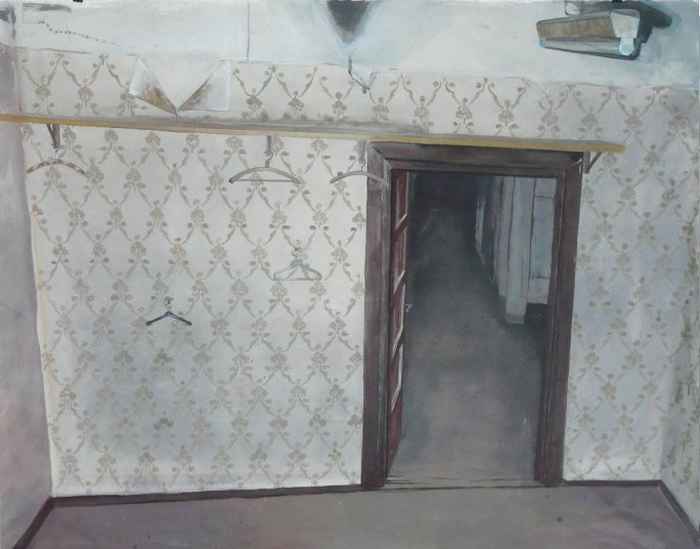
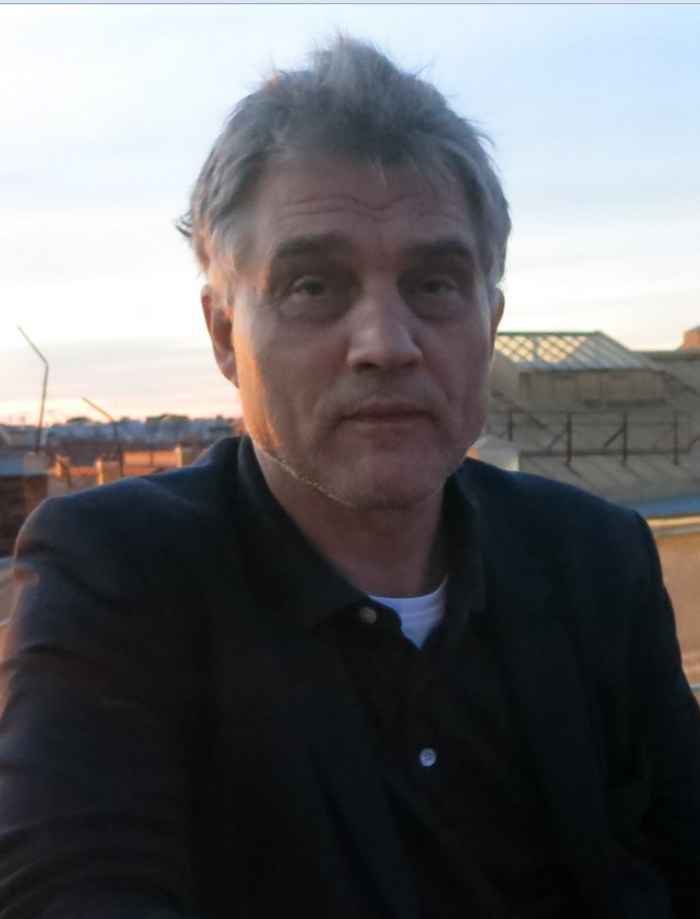
February 19, "Imagination & Utopias"
Dr. Jaap Grave, University of Münster, Free University of Amsterdam, State University of St. Petersburg
On February 19, the second Dutch Wednesday lecture was held at the Netherlands Institute in St. Petersburg. The lecture will be given by dr. Jaap Grave. He is affiliated with the Faculty of Dutch Studies at the University of Münster and the State University of St. Petersburg. The lecture was about imagination and utopias in literature.
This lecture looks on the concept of imagination and identity in modern literature. Dr. Grave first briefly focused on two Greek characters: on Procrustes, a robber in a Greek legend, and on Hercules, in the Classical Mythology a hero of superhuman strength. After that examined two important motives that are connected to those characters, to utopian dreams and to imagination in modern 20th century literature: the sublime and epiphanies.
Dr. Jaap Grave (1964) studied Germanic language and literature at the University of Groningen and the University of Münster and obtained his PhD in Germanic Languages (Dutch and German) at the University of Ghent, on the thesis Zulk vertalen is een werk van liefde (1999) . He is currently a lecturer in Dutch Studies at the State University of St. Petersburg and affiliated with the University of Münster. He also taught at various universities in cities around the world, and published books and scientific articles.
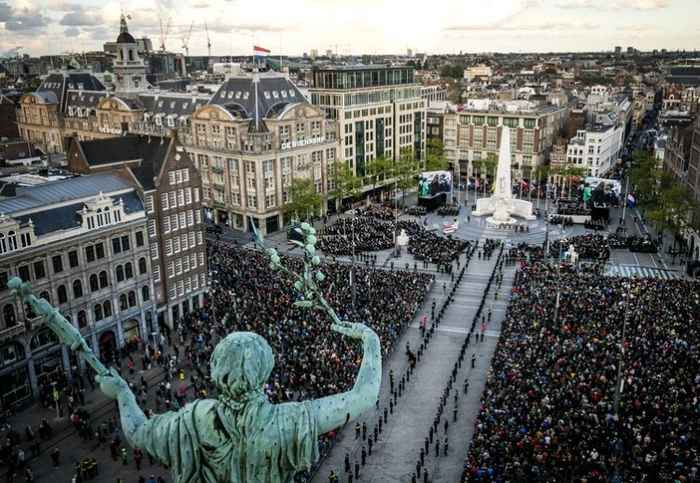
January 29: Prof. Evert van der Zweerde and dr. Lennert Savenije, Radboud University
Traces of trauma. Two cities and the Second World War: Nijmegen and St. Petersburg
2020 marks the 75th commemoration of the end of the Second World War on the Western and Eastern front. In the Netherlands as well as in Russia, the end of the war will be commemorated on a national, local and individual level. It is therefore interesting to compare how WW2 is commemorated today in a Russian and a Dutch city. Are there similarities, differences? Moreover, how can (the approach of) history explain this? What can we learn from each other?
Nijmegen, the 10th city by population in the Netherlands, is regarded as the oldest city in the country. In its long history as a strategic border fortress, the town has been invaded many times, for the last time during the Second World War by the invading German army in 1940 and by the American and British army in 1944. After the only partly successful allied military operation Market Garden, Nijmegen became the most northern ‘liberated’ city on the Western front until the offensive against Germany in February 1945. The town was under fire for months, but not evacuated. Nijmegen was, so to speak, ‘liberated, but not free’.
The year 1944 had already started disastrous for Nijmegen. The city was chosen as a target of opportunity and hit by an aerial bombing raid by the United States Army Air Forces on 22 February 1944. During one year, approximately 2000 inhabitants died, one of the highest amounts of civilian casualties in one city in the Netherlands. Nevertheless, not many people in the Netherlands know about this history. The question is: why? And what makes the comparison between St. Petersburg and Nijmegen, Russia and the Netherlands, such an interesting one?
Prof.dr. Evert van der Zweerde (born 1958) is professor of social and political philosophy at Radboud University Nijmegen. His fields of interest are political philosophy (questions of ideology,democracy, identity) and Russian philosophy. He wrote his PhD on philosophy inthe USSR (for which he received the Premium Erasmianum), and recently acollection of his articles appeared in Russian translation: Взгляд со стороны на историю русской и советской философии; сборник статей (СПб: изд. Алетейя, 2017).
Dr. Lennert Savenije (born 1985) works as a historian at Radboud University Nijmegen. He focusses on the history of the German occupation of the Netherlands during WW2 and has written a book about Nijmegen during wartime. This book was awarded with the Van Winterprijs, the prize for the best local and regional history book in 2019.